Security in the Contemporary World Class 12 Political Science
Security in the contemporary world, as discussed in the textbook, encompasses various dimensions beyond traditional military defense. It includes aspects such as economic stability, environmental sustainability, social justice, and protection against non-traditional threats like terrorism and cyber-attacks. This broader perspective recognizes the interconnectedness of global challenges and the need for comprehensive approaches to ensure the safety and well-being of nations and their citizens.
What do we mean by Security?
Core Definition: Security means freedom from serious threats. Not all risks qualify; focusing on every minor threat would be overwhelming.
Focus on Core Values: Security generally targets threats to "core values," but these vary for governments, citizens, and communities.
Levels of Threats: Not all threats are equally severe; major threats may impact national security, while minor ones affect daily life.
Scope of Security: Security addresses severe threats that could cause irreparable harm if ignored.
Evolving Concept: Security meanings change over time and vary across societies, reflecting diverse historical and cultural perspectives.
Types of Security: Security concepts are often categorized as traditional (military and national defense) and non-traditional (economic, environmental, and social issues).
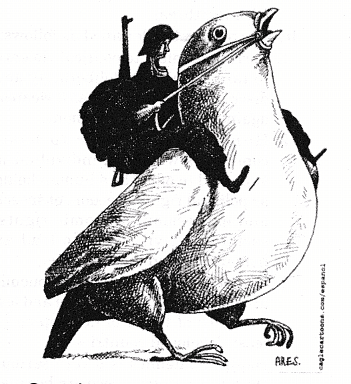
Traditional Notions of External Security
Traditional Security Policy
- Security often refers to traditional national security, which primarily focuses on military threats from other countries.
- Governments aim to protect core values like sovereignty, independence, and territorial integrity.
Threats and Responses
- The main threats to a country come from other nations that might use military force.
- Governments have three basic responses to these threats:
- Surrender: Although surrender is a possible option, governments typically do not openly advertise this choice.
- Deterrence: This involves making the cost of war unacceptable to the potential aggressor, thereby preventing an attack.
- Defense: If war breaks out, the government aims to defend itself and deny the attacker their goals.
Balance of Power
- Countries constantly assess the balance of power between themselves and others to gauge potential threats.
- A powerful neighbor, even without explicit aggressive intentions, might still pose a future threat. Therefore, maintaining a favorable balance of power is crucial.
- This involves building military, economic, and technological power, as these are foundational for military strength.
Alliance Building
- Countries form alliances with others to enhance their collective security against potential military threats.
- These alliances are often formalized through treaties and are based on shared interests and a clear understanding of common threats.
- Alliances can change as national interests evolve. For example, the U.S. once supported Islamic militants in Afghanistan against the Soviet Union but later turned against them after the 9/11 attacks.
Internal vs. External Threats
- In traditional security, most threats are seen as coming from outside a country’s borders.
- While within a country, the government acts as the central authority regulating violence. In contrast, the international system lacks a central authority, making it a more anarchic and brutal arena.
- Although the United Nations(UN) is sometimes thought of as a central authority, it is limited by the power and willingness of its member states. Each country is primarily responsible for its own security in the international arena.
Traditional Notions of Internal Security
- Internal Peace and Order: Security relies on internal peace and order. A society can't be secure with violence or the threat of violence within its borders.
- Focus Shift After World War II: After WWII, major powers like the US and Soviet Union felt secure internally, allowing them to focus on external threats.
- Post-War Context: With internal security seemingly assured, powerful countries shifted their attention to external threats, particularly during the Cold War.
- Cold War Tensions: The Cold War created intense rivalry, with Western and Soviet blocs fearing military attacks from each other. This rivalry led to numerous conflicts, especially in the Third World.
- Colonial Conflicts: European powers were also preoccupied with violence in their colonies, facing resistance from colonized peoples seeking independence.
- Newly Independent Nations: Countries gaining independence post-WWII often faced similar security concerns as European powers, worrying about potential conflicts with former colonial rulers and Cold War superpowers.
- Security Challenges: Newly independent nations in Asia and Africa dealt with threats from neighboring countries and internal conflicts. They feared military disputes over borders, territories, and populations, as well as internal separatist movements.
- Rise of Civil Wars: Between 1946 and 1991, there was a significant increase in civil wars, marking the highest rise in 200 years. Internal conflicts now constitute over 95% of armed conflicts worldwide.
- External and Internal Threats: For many new states, security challenges included wars with neighbors and internal strife, making both external and internal threats critical to their security.
Traditional Security and Cooperation
Recognition of Possible Cooperation in Violence Limitation
Countries should only go to war for justifiable reasons, such as self-defense or protecting others from genocide.
War should be conducted with restraint, avoiding harm to non-combatants and unarmed or surrendering combatants. Excessive violence should be avoided, and force should only be used after all alternatives have failed.
Security
Traditional views of security also support disarmament, arms control, and confidence building as forms of cooperation.
Disarmament involves states giving up certain types of weapons, as seen in the 1972 Biological Weapons Convention (BWC) and the 1997 Chemical Weapons Convention (CWC), which banned the production and possession of biological and chemical weapons.
Arms control regulates the acquisition or development of weapons. For instance, the Anti-ballistic Missile (ABM) Treaty in 1972 limited the use of ballistic missiles by the United States and the Soviet Union.
Confidence building involves countries sharing information about their military intentions and capabilities to prevent misunderstandings and reduce the risk of conflict.
Force is seen as both a major threat to security and a primary means of achieving it in traditional security concepts.
Disarmament
- Disarmament refers to the process of eliminating specific types of weapons from military arsenals. This is typically achieved through international treaties and agreements aimed at promoting global security and reducing the risk of armed conflict.
- Examples of disarmament treaties include:
- 1972 Biological Weapons Convention (BWC): This treaty prohibits the development, production, and stockpiling of biological weapons. It has been ratified by over 155 states, including major powers.
- 1997 Chemical Weapons Convention (CWC): Similar to the BWC, the CWC bans the use, production, and stockpiling of chemical weapons. It has been ratified by 193 states, including all major powers.
Arms Control
- Arms control involves regulating the production, deployment, and use of specific weapons to prevent escalation and promote stability between nations. Unlike disarmament, which seeks to eliminate weapons, arms control focuses on managing and limiting their proliferation.
- Examples of arms control agreements include:
- Anti-ballistic Missile (ABM) Treaty (1972): This treaty limited the deployment of ballistic missile defense systems by the United States and the Soviet Union to prevent the escalation of nuclear arms races.
- Nuclear Non-Proliferation Treaty (NPT) (1968): The NPT aims to prevent the spread of nuclear weapons, allowing nuclear-armed states to maintain their arsenals while prohibiting non-nuclear states from developing them.
- Strategic Arms Limitation Talks (SALT) and Strategic Arms Reduction Treaty (START): These treaties between the United States and the Soviet Union aimed at limiting and reducing strategic nuclear arsenals.
Confidence Building
- Confidence-building involves measures taken by countries to enhance transparency and communication regarding their military activities and intentions. This process aims to reduce the risk of misunderstandings and misperceptions that could lead to conflict.
- Confidence-building measures include:
- Sharing information about military forces, including troop deployments and military exercises.
- Providing advance notification of significant military activities to prevent surprise attacks.
- Engaging in dialogue and communication to clarify intentions and reduce suspicions.
Force
- Force is viewed as a central element in traditional security concepts, both as a potential threat to security and as a means to achieve it. The use or threat of military force is seen as a primary tool in ensuring national security and addressing security challenges.
- In summary, traditional security perspectives emphasize the importance of disarmament, arms control, confidence building, and the role of force in maintaining global security and stability.
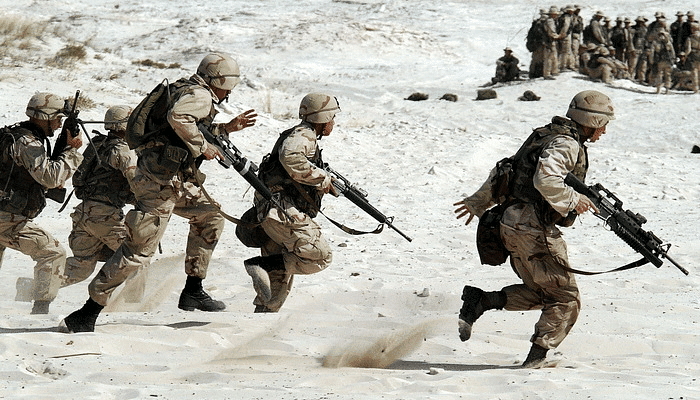
Non-Traditional Notions
- Non-traditional notions of security extend beyond military threats to encompass a wide array of threats impacting human existence. They challenge the traditional referent of security, questioning what is being secured, from what threats, and the approach to security.
- In traditional security, the referent is the state with its territory and institutions. Non-traditional views expand this to include individuals, communities, and humankind as a whole.
- These views, often termed human security or global security, prioritize the protection of people over states. While secure states contribute to individual security, they do not guarantee it, as historically, more people have been harmed by their own governments than by foreign attacks.
- Proponents of human security agree on the protection of individuals as the primary goal but differ on the threats to be addressed. The narrow concept focuses on violent threats, while the broad concept includes hunger, disease, and natural disasters, which collectively cause more deaths than war, genocide, and terrorism.
- The broadest formulation of human security encompasses economic security and threats to human dignity, emphasizing freedom from want and freedom from fear.
- Global security emerged in the 1990s in response to global threats like climate change, international terrorism, and health crises such as AIDS and bird flu. These issues require international cooperation, as no single country can address them alone. For instance, global warming could lead to significant sea level rise, affecting countries like Bangladesh, the Maldives, and Thailand. International collaboration is crucial, despite the challenges involved.
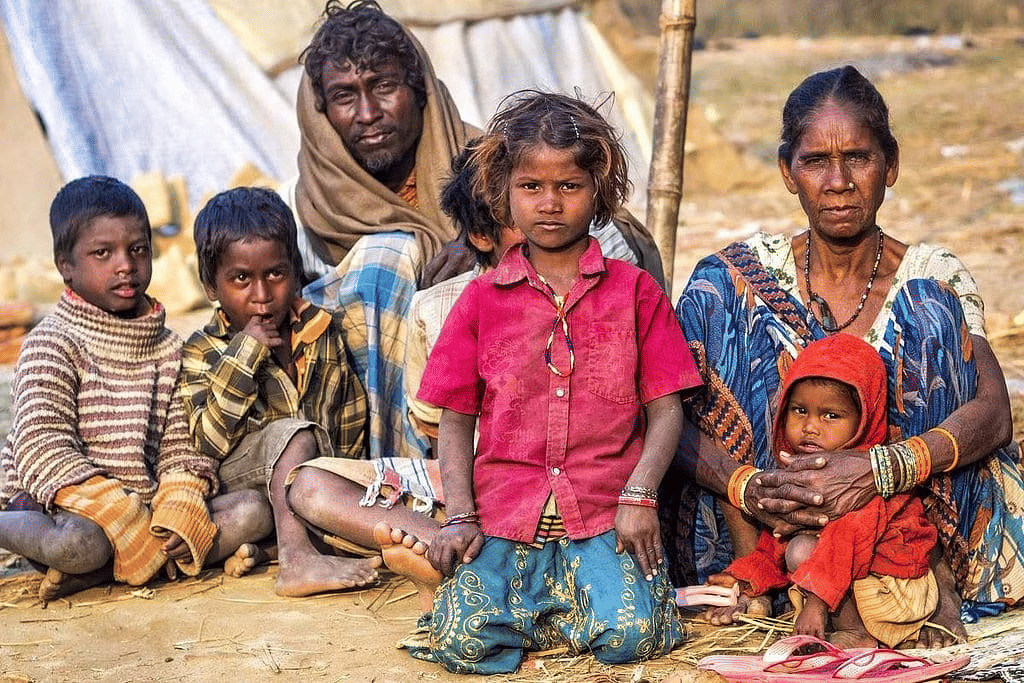
New Sources of Threats
Terrorism: A Shifting Focus on Threats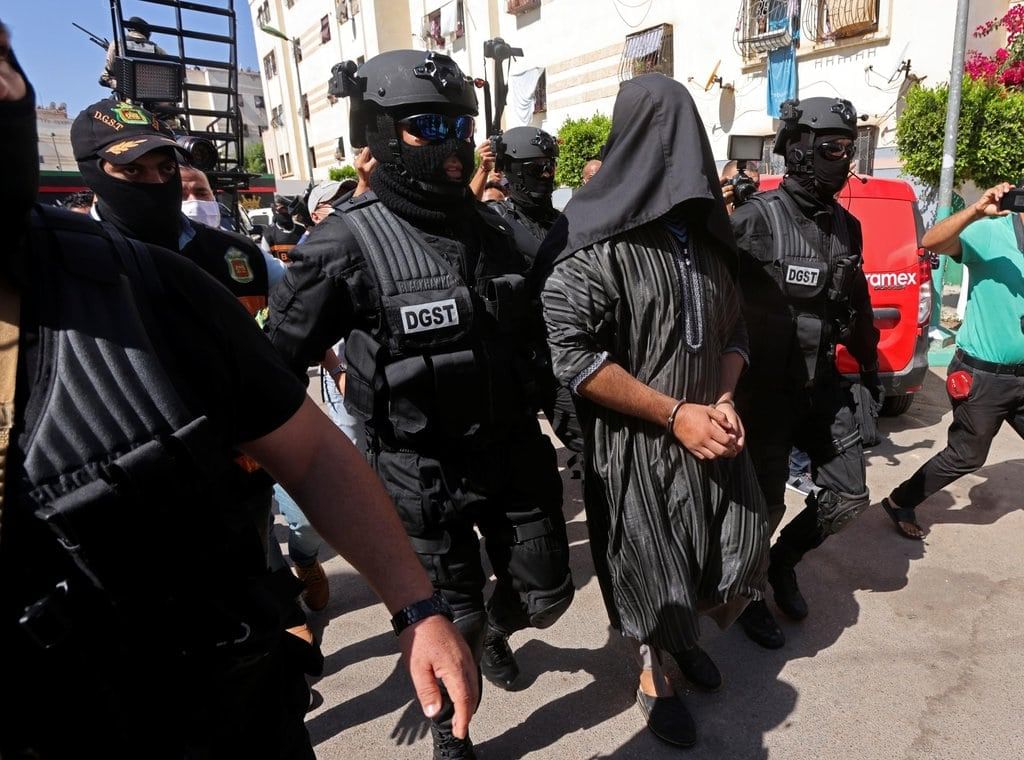
- The concepts of human security and global security highlight the changing nature of threats in today's world.
- Terrorism is defined as political violence that intentionally and indiscriminately targets civilians. When this violence involves citizens or territories from multiple countries, it is termed international terrorism.
- Terrorist groups aim to alter political situations or conditions they oppose through force or the threat of force. Civilian targets are chosen to instill fear in the public, using their distress as a tool against national governments or other conflicting parties.
- Since the terrorist attacks on the World Trade Center on September 11, 2001, there has been increased attention to terrorism, although it is not a new phenomenon. Historically, many terror attacks have occurred in regions such as the Middle East, Europe, Latin America, and South Asia.
Human Rights: Types and Debates
Human rights are categorized into three types:
- Political rights, which include freedoms such as speech and assembly.
- Economic and social rights.
- Rights of colonized people or ethnic and indigenous minorities.
- While there is general agreement on this classification, there is no consensus on which rights should be considered universal human rights. There is also debate on the appropriate actions for the international community when human rights are violated.
- Since the 1990s, events like Iraq’s invasion of Kuwait, the genocide in Rwanda, and the killings in East Timor by the Indonesian military have sparked discussions on the UN's role in intervening to prevent human rights abuses.
- Some argue that the UN Charter allows the international community to take military action in defense of human rights. Others contend that the national interests of powerful states will influence which instances of human rights violations the UN chooses to address.
Global Poverty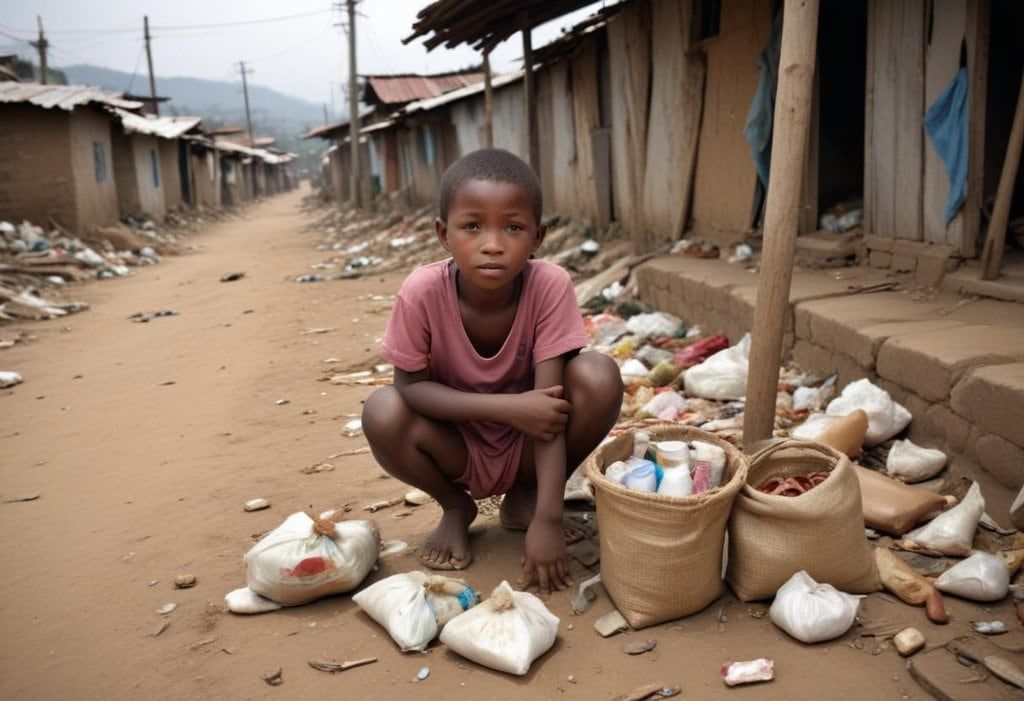
- Global poverty significantly contributes to insecurity and instability. The world population, currently at 760 crore, is projected to reach nearly 1000 crore by the mid-21st century.
- Challenges associated with poverty and population growth intensify. Half of the world’s population growth is concentrated in just six countries: India, China, Pakistan, Nigeria, Bangladesh, and Indonesia.
- Among the world’s poorest nations, the population is expected to triple over the next 50 years. Many wealthy countries will experience population decline during the same period.
- High per capita income and low population growth enable rich states to become richer. Low incomes and high population growth exacerbate poverty.
- This global disparity contributes to the widening gap between Northern and Southern countries. Within the South, disparities have intensified, with some countries managing to slow population growth and increase incomes.
- Other countries struggle to achieve similar progress. Poverty in the South, particularly in sub-Saharan Africa, has led to increased armed conflict.
- Conflicts, driven by poverty and lack of resources, have forced individuals and families to migrate. Poverty in the South has triggered large-scale migration as people seek better lives.
- This migration has led to international political frictions.
- International law distinguishes between migrants and refugees. States are generally obligated to accept refugees, but are not required to accept migrants.
- An example is the Kashmiri Pandits, who fled violence in the Kashmir Valley in the early 1990s. The global refugee map closely aligns with the map of global conflicts.
- From 1990 to 1995, 70 states were involved in 93 wars, resulting in the deaths of about 55 lakh people.
- These conflicts forced individuals and families to migrate due to fear of violence and destruction. The correlation between wars and refugee migration is evident. In the 1990s, almost all refugee flows coincided with internal armed conflicts.
Health Epidemics
- Health epidemics like HIV-AIDS, bird flu, and SARS have quickly spread across the globe due to migration, business, tourism, and military activities.
- The success or failure of one country in controlling these diseases can impact infection rates in other nations.
- In Africa, various security threats can be visualized on a map, showing the distribution of displaced people around the world.
- According to UNHCR, as of 2017, refugees are hosted as follows:
- 17% in Europe
- 16% in the Americas
- 11% in Asia and the Pacific
- 30% in Africa
- 26% in the Middle East and North Africa
- By 2003, approximately 40 million people were living with HIV-AIDS worldwide, with two-thirds in Africa and half of the remaining cases in South Asia.
- In North America and other developed countries, new drug treatments significantly reduced death rates from HIV-AIDS in the late 1990s.
- However, these treatments are too costly for poorer areas like Africa, where HIV-AIDS has contributed to worsening poverty.
- Other emerging diseases such as COVID-19, ebola, hantavirus, and hepatitis C are not well understood.
- Many old diseases, including tuberculosis, malaria, dengue fever, and cholera, have developed drug-resistant forms that are hard to treat.
- Animal epidemics can have severe economic impacts. For instance, since the late 1990s, the UK lost billions during the mad-cow disease outbreak, and bird flu caused poultry exports from several Asian countries to halt.
- Such epidemics highlight the increasing interdependence of countries, making borders less significant than before and demonstrating the need for international cooperation.
- Expanding the concept of security does not imply that every type of disease or hardship should be viewed as a security issue, as this could dilute the concept.
- To be considered a security problem, an issue must meet a basic criterion of threatening the existence of a state or group, even if the nature of the threat varies.
- For example, the Maldives is concerned about global warming because rising sea levels may submerge much of its land, while in Southern Africa, HIV-AIDS is a serious threat, affecting one in six adults (one in three in Botswana, the hardest hit).
- In 1994, the Tutsi tribe in Rwanda faced a severe threat as nearly 500,000 of its members were killed by the Hutu tribe in just weeks.
- This illustrates that non-traditional views of security, like traditional ones, vary based on local situations.
Cooperative Security
- In some security-related situations, cooperation is preferable to military conflict. While military assistance can be used to combat terrorism, it is useless in addressing problems like poverty, migration, and other similar ones.
- It becomes important to devise strategies that involve international cooperation which can be bilateral, regional, continental or global.
- Cooperative security may also involve a variety of other players, both international and national.
- However, as a last resort, the use of force may also be part of cooperative security. To deal with dictatorship, the international community may need to sanction the use of force.
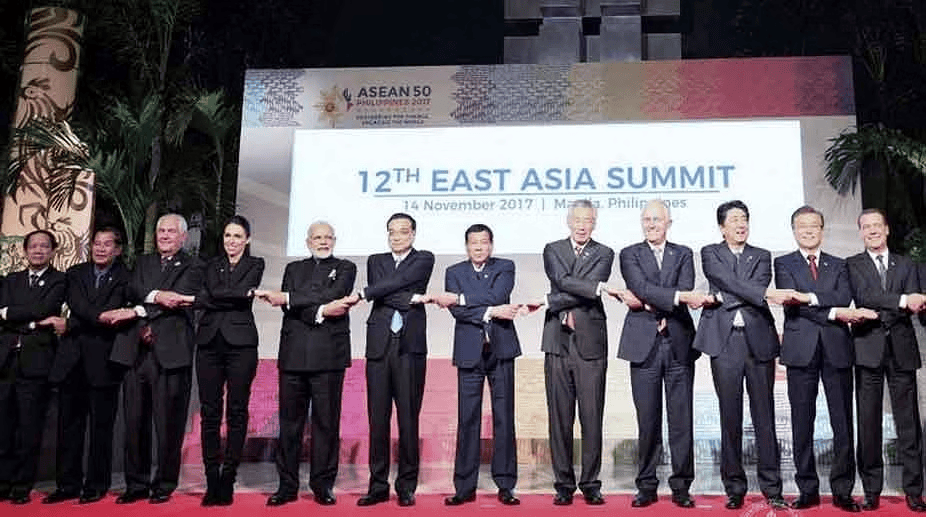
India’s Security Strategy
- India’s security strategy depends upon four broad components
- Strengthening the military capabilities is the first component of India’s security strategy because India has been involved in conflicts with its neighbours.
- The second component of India’s security strategy has been to strengthen international norms and international institutions to protect its security interests.
- The third important component of India’s security strategy is geared towards meeting security challenges within the country.
- The fourth component is to develop its economy in a way that the vast mass of citizens are lifted out of poverty and misery.
|
34 videos|308 docs|51 tests
|
FAQs on Security in the Contemporary World Class 12 Political Science
| 1. What is the definition of security in contemporary contexts? |  |
| 2. How do traditional notions of external security differ from internal security? |  |
| 3. What are some examples of new sources of threats in contemporary security? |  |
| 4. What is cooperative security and why is it important? |  |
| 5. How does India’s security strategy reflect both traditional and non-traditional security concerns? |  |

















